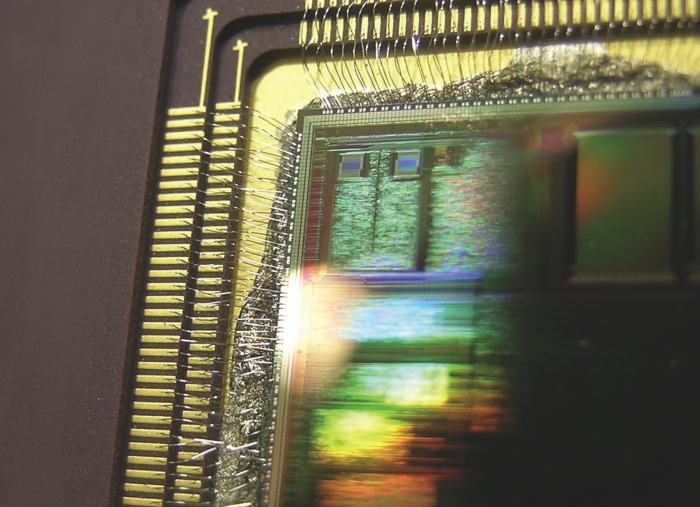Apple actually do this - but not in the phone market. Looking at the iPhone as part of the iPod range that stretches from the high end iPhone right down to the pocket priced iPod Shuffle, there is a portable Apple media product for everyone - only the top of the line device actually does telephony, although the iPod Touch allows Wi-fi connectivity. I wouldn't be surprised to see connectivity reach further down the range over the next few years with the Shuffles and Nanos slowly pushed away for cheaper and cheaper Touches.
Offering the iPhone via the mobile phone networks has distorted the issue in terms of carriers. Now there is one phone that people expect to do everything - because "iPod" has something for everyone. Unfortunately "iPhone" is still just a single data point in what is an increasingly complicated portfolio that every network has to offer their potential and existing customers. Even just the split between contract and pay as you go phones makes a huge difference to pricing.

Of course any manufacturer that makes more than one phone is going to be in a much better position to serve a network looking for breadth in their catalogue, but this of course brings its own headaches with different firmwares for every phone, support issues across not just the entire range but across the variants on each network. The reward, of course, is far greater unit sales across the range.
Any sensible mobile network is going to embrace these two different styles. The horizontal breadth of a company like Nokia can provide them with truckloads of cheaper phones that will happily swing in and out of fashion, while the vertical devices offer the distinctiveness a network looks for - think O2 with the iPhone or Orange with the Samsung i8910 HD. A mix of these two approaches mean that the geek and the general market can be catered for in a company.
There is no right or wrong approach to this, and if you look back at technology over the years, the battles between a horizontal and a vertical in the same market space have been won roughly equally. Probably the one most relevant to the current smartphone market was that of Psion and Palm... interestingly the Symbian (née EPOC) powered machines in those days were fighting as the vertical "boutique" device, while Palm was the mass market PDA that was a companion to every PC out there. Now the boot is on the other foot. Nokia have taken Symbian to the horizontal approach, while Palm is pitching as the vertical device alongside the iPhone.
So am I happy that the iPhone is out there? Most definitely. And once you get past the zeal that many have about the iPhone, it's clear that the iPhone cannot be the answer to everything. Neither can Symbian. They're both locked into this mad "Odd Couple" relationship that will continue to spin its way through the smartphone and mobile world for many years to come.
-- Ewan Spence, Sept 2009.
